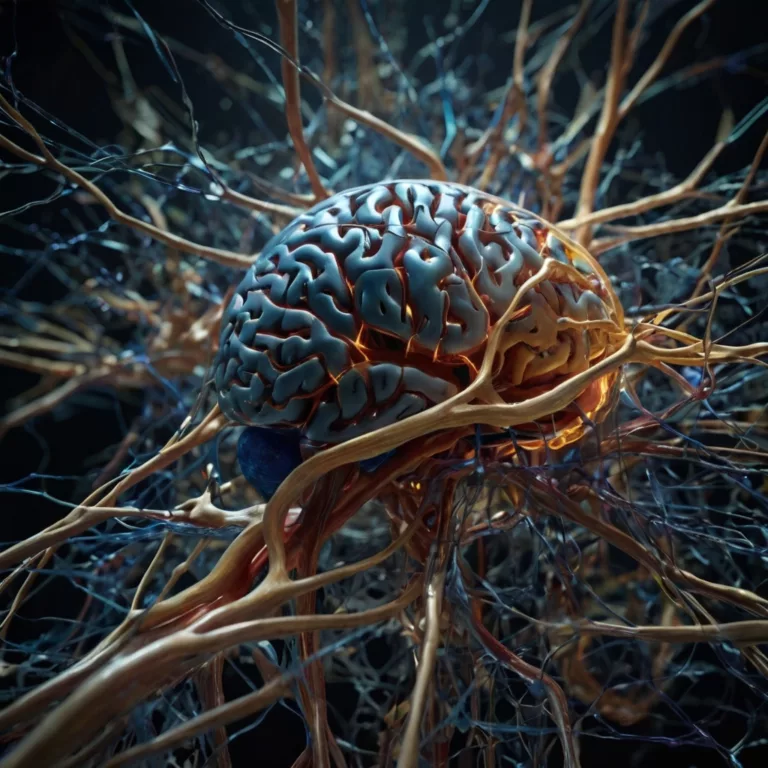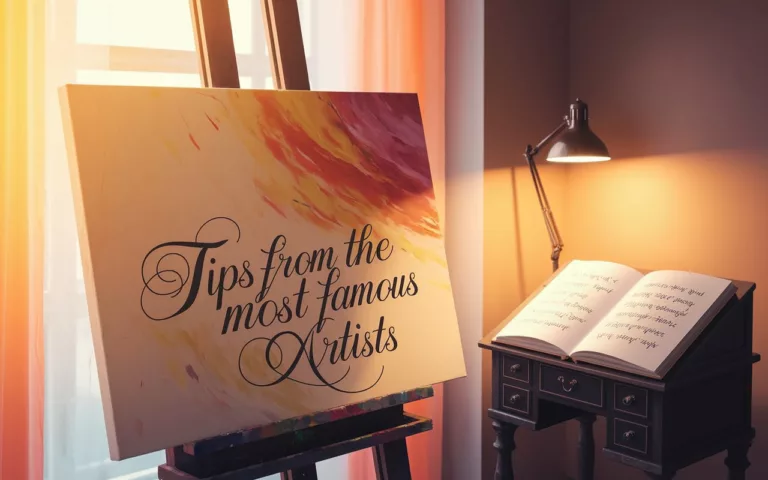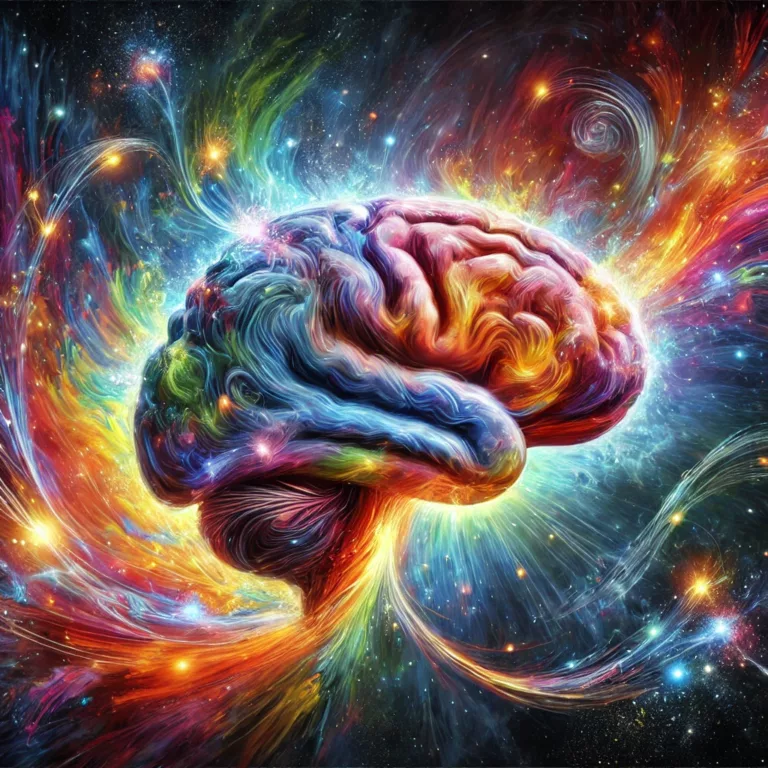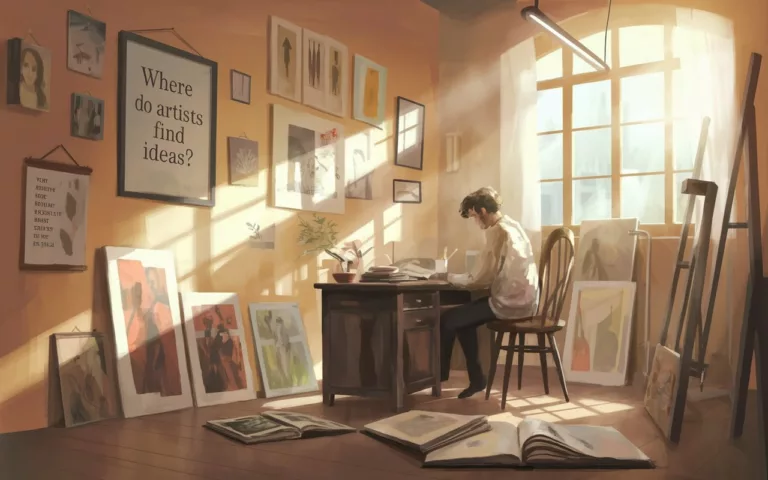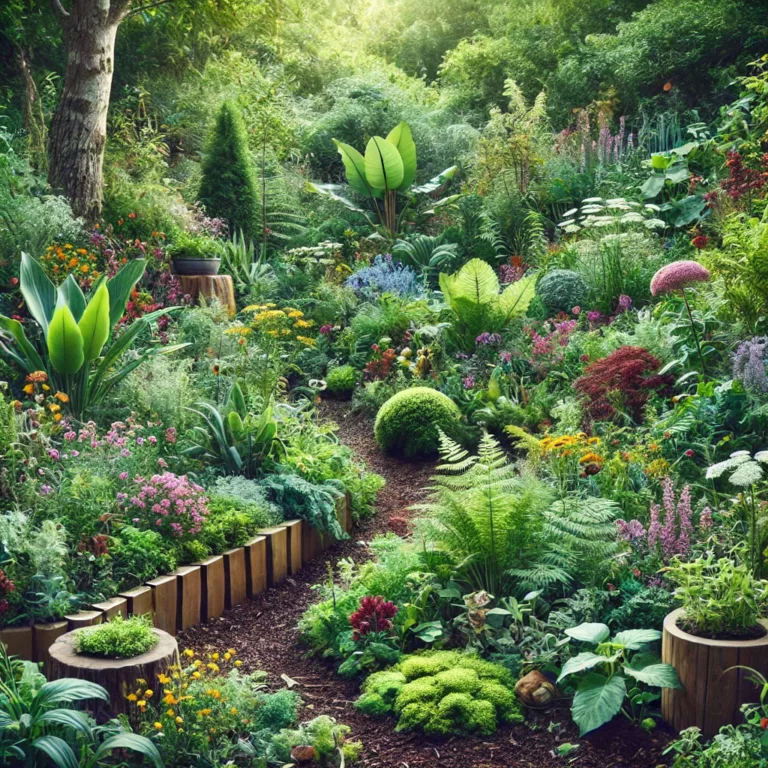Beyond Boundaries: The Quantum Mechanics of Creative Thinking
Introduction: Bridging Science and Imagination
Creativity has long been considered the domain of artists, writers, and inventors an elusive spark that defies rigid frameworks. Yet, what if the principles governing the most enigmatic realm of physics, quantum mechanics, could illuminate the mechanics of creative thought? This article explores the profound parallels between quantum phenomena and the cognitive processes underlying innovation, proposing that creativity operates not in defiance of logic, but through a quantum-like interplay of possibility, uncertainty, and interconnectedness. By transcending classical boundaries, we unlock a radical framework for understanding how ideas emerge, evolve, and revolutionize our world.
I. Quantum Superposition: The Art of Holding Contradictions
Quantum Principle: In quantum mechanics, particles exist in multiple states simultaneously until observed a phenomenon called superposition.
Creative Parallel: Creative thinking thrives on the ability to entertain conflicting ideas without premature resolution. Like Schrödinger’s cat both alive and dead innovators dwell in ambiguity, allowing divergent concepts to coexist.
- Case Study: Leonardo da Vinci’s notebooks reveal sketches of flying machines alongside anatomical studies. By holding art and science in superposition, he pioneered interdisciplinary breakthroughs.
- Practical Application: Brainstorming sessions that encourage “yes, and…” thinking mimic superposition, fostering ideation without judgment.
Key Insight: Creativity flourishes in the liminal space between possibilities.
II. Quantum Entanglement: The Interconnectedness of Ideas
Quantum Principle: Entangled particles instantaneously influence each other, regardless of distance.
Creative Parallel: Ideas, too, are entangled. A concept in one domain (e.g., biology) can trigger breakthroughs in another (e.g., architecture).
- Example: Biomimicry in design, such as the Eastgate Centre in Zimbabwe, modeled after termite mounds to achieve passive cooling.
- Collective Creativity: Teams or communities act as “entangled systems,” where shared goals synchronize individual contributions into cohesive innovation.
Quote: Steve Jobs famously stated, “Creativity is just connecting things.” Entanglement underscores this interconnected web of inspiration.
III. The Uncertainty Principle: Embracing Ambiguity
Quantum Principle: Heisenberg’s Uncertainty Principle posits that precise measurement of a particle’s position and momentum is impossible.
Creative Parallel: The creative process resists rigid planning. Over-defining goals or methods stifles serendipity.
- Historical Example: Alexander Fleming’s discovery of penicillin arose not from a linear experiment but from an “accidental” mold contamination.
- Modern Implications: Agile methodologies in tech prioritize adaptability over fixed roadmaps, mirroring quantum uncertainty.
Takeaway: Creativity demands comfort with the unknown.
IV. Wave-Particle Duality: Multidimensional Perspectives
Quantum Principle: Light behaves as both a wave and a particle, depending on context.
Creative Parallel: Innovators shift between macro (wave) and micro (particle) perspectives.
- Macro Thinking: Visionaries like Elon Musk conceptualize grand visions (e.g., Mars colonization).
- Micro Execution: Breakthroughs like CRISPR technology required meticulous, particle-level precision.
- Balancing Duality: Pixar’s creative process alternates between “blue sky” brainstorming and detailed storyboarding.
Lesson: Fluidity between big-picture and detail-oriented thinking drives holistic innovation.
V. Quantum Tunneling: Overcoming Barriers
Quantum Principle: Particles bypass insurmountable barriers by “tunneling” through them.
Creative Parallel: Mental blocks fear of failure, cognitive biases are transcended via unconventional thinking.
- Case Study: J.K. Rowling’s Harry Potter manuscript was rejected 12 times before finding a publisher. Her persistence exemplifies tunneling through rejection.
- Cognitive Tunneling: Techniques like lateral thinking (Edward de Bono) or “oblique strategies” (Brian Eno) help circumvent creative stagnation.
Strategy: Reframe obstacles as permeable rather than impenetrable.
VI. Quantum Leaps: The “Aha!” Moment
Quantum Principle: Electrons jump between energy levels instantaneously, emitting quantized light.
Creative Parallel: Sudden insights Archimedes’ “Eureka!” emerge from subconscious processing.
- Neuroscience: The default mode network (DMN), active during rest, facilitates insight by connecting disparate brain regions.
- Cultural Leaps: The Renaissance, quantum physics itself, and the digital revolution all emerged from paradigm-shifting “leaps.”
Actionable Tip: Incubate ideas through deliberate downtime (walks, meditation) to catalyze quantum leaps.
VII. The Observer Effect: Shaping Reality Through Perception
Quantum Principle: Observation alters the behavior of quantum systems.
Creative Parallel: The act of defining or sharing an idea collapses its infinite potential into tangible form.
- Artistic Expression: A painter’s vision materializes only when brush meets canvas.
- Collaborative Observation: Peer feedback refines raw ideas, much like quantum decoherence stabilizes particles.
Philosophical Angle: Creativity is co-created by the observer and the observed.
VIII. Quantum Field Theory: The Ecosystem of Innovation
Quantum Principle: Fields (electromagnetic, Higgs) mediate interactions between particles.
Creative Parallel: Innovation ecosystems universities, startups, cultural hubs act as fertile fields for ideas.
- Silicon Valley: A “quantum field” where tech talent, capital, and risk-taking collide.
- Open-Source Movements: Linux and Wikipedia thrive on collaborative, field-like exchanges.
Future Vision: Cultivating global “creativity fields” through digital connectivity.
Conclusion: Toward a Quantum Mindset
The quantum metaphor for creativity is not merely poetic but pragmatic. By adopting a mindset that embraces superposition, entanglement, and uncertainty, we transcend linear thinking. In a world facing complex challenges climate change, AI ethics, global inequity such fluid, boundary-defying cognition is not just advantageous but essential.
Final Call to Action:
- Dwell in ambiguity.
- Connect disparate domains.
- Tunnel through barriers with resilience.
- Trust the leap.
Creativity, like quantum mechanics, reveals that reality is far stranger, and far richer, than our classical minds dare imagine.
Art11deco


